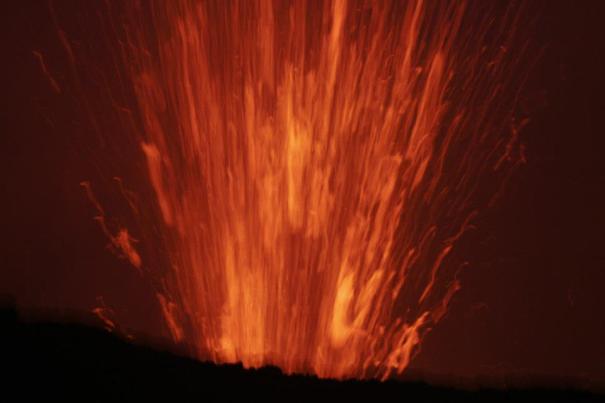Isostatic
rebound and our rocky future
Kevin
Hester
31
July, 2016
“One
example of where relatively small changes to geological stress can
have a big impact on volcanic activity is the Pavlov volcano in
Alaska. As McGuire describes, this volcano only erupts during Autumn
and Winter. At that time storms ride up into a nearby ocean zone,
pushing an average 10cm or 15cm rise in sea level. The added weight
of the water is enough to torque the crust and push magma out. Now
imagine the kind of extra volcanic activity that could result from 1,
6, or 250 feet of global sea level rise under the raging rate of
human-caused warming and you begin to understand the concern.”We
have let the Genie out of the bottle, It will never be the same
again. 6C will melt most if not the entire ice caps. imagine how much
‘Torgue’ that will put on the plates?
“Between
about 20,000 and 5,000 years ago, our planet underwent an astonishing
climatic transformation. Over the course of this period, it flipped
from the frigid wasteland of deepest and darkest ice age to the –
broadly speaking – balmy, temperate world upon which our
civilisation has developed and thrived. During this extraordinarily
dynamic episode, as the immense ice sheets melted and colossal
volumes of water were decanted back into the oceans, the pressures
acting on the solid Earth also underwent massive change. In response,
the crust bounced and bent, rocking our planet with a resurgence in
volcanic activity, a proliferation of seismic shocks and burgeoning
giant landslides.
“The
disappearing ice, sea-level rise and floods already forecast for the
21st century are inevitable as the earth warms and weather patterns
change – and they will shift the weight on the planet. Professor
McGuire calls this process “waking the giant” – Something that
can be done with just a few gigatonnes of water in the right – or
wrong – place.The untold – and terrifying – story behind the
earthquake that devastated Nepal last Saturday morning begins with
something that sounds quite benign. It’s the ebb and flow of
rainwater in the great river deltas of India and Bangladesh, and the
pressure that puts on the grinding plates that make up the surface of
the planet.Recently discovered, that causal factor is seen by a
growing body of scientists as further proof that climate change
can affect
the underlying structure of the Earth.”
Our
planet is always on the move, but sometimes it is more restless than
usual. As
the last ice age came to an end, around 10,000 years ago, there was a
surge in volcanic activity as
ice caps melted, decreasing pressure on the Earth’s crust.
Since
then our planet has reached a steady state, with around 50 volcanoes
erupting each year and around 150 earthquakes greater than magnitude
six. But geo-hazards expert Bill McGuire is concerned that
human-induced climate change may bring a resurgence in activity in
the coming centuries. “In areas of major ice loss, such as Alaska,
Iceland, the Andes and Himalayas we may see a rise in earthquakes,
volcanism and landslides” says McGuire, who describes this scenario
in Waking
the Giant.
“It only takes the pressure of a handshake to trigger a quake or
volcanic blast in a primed system.”





No comments:
Post a Comment
Note: only a member of this blog may post a comment.